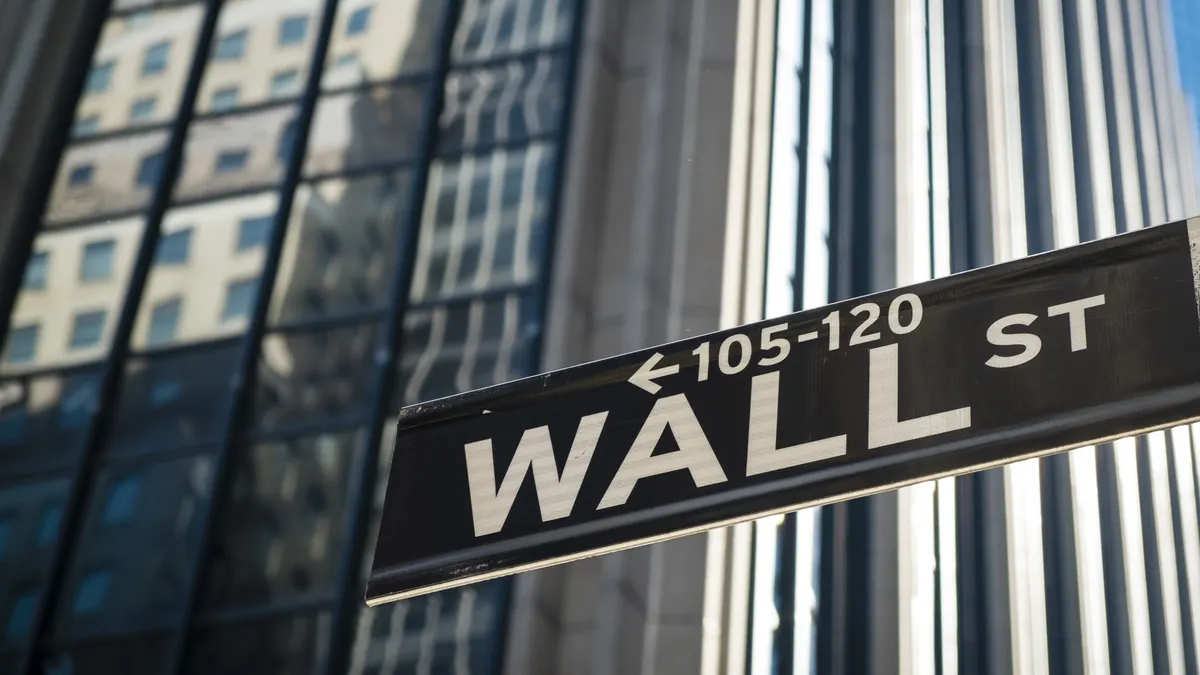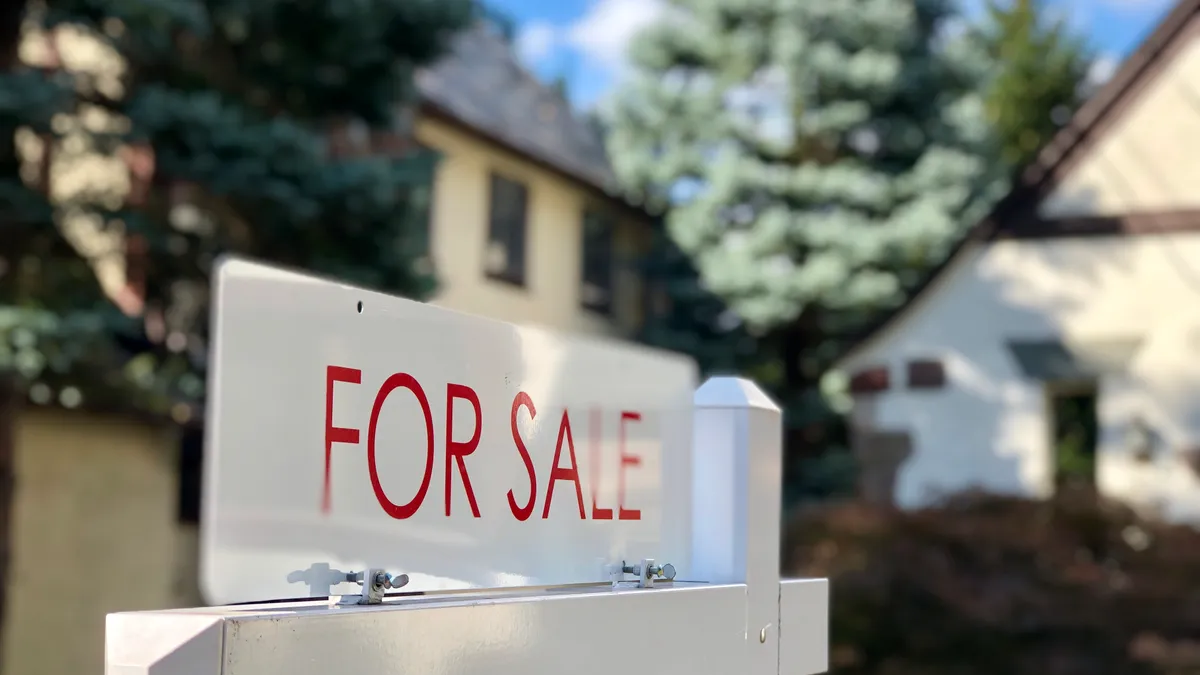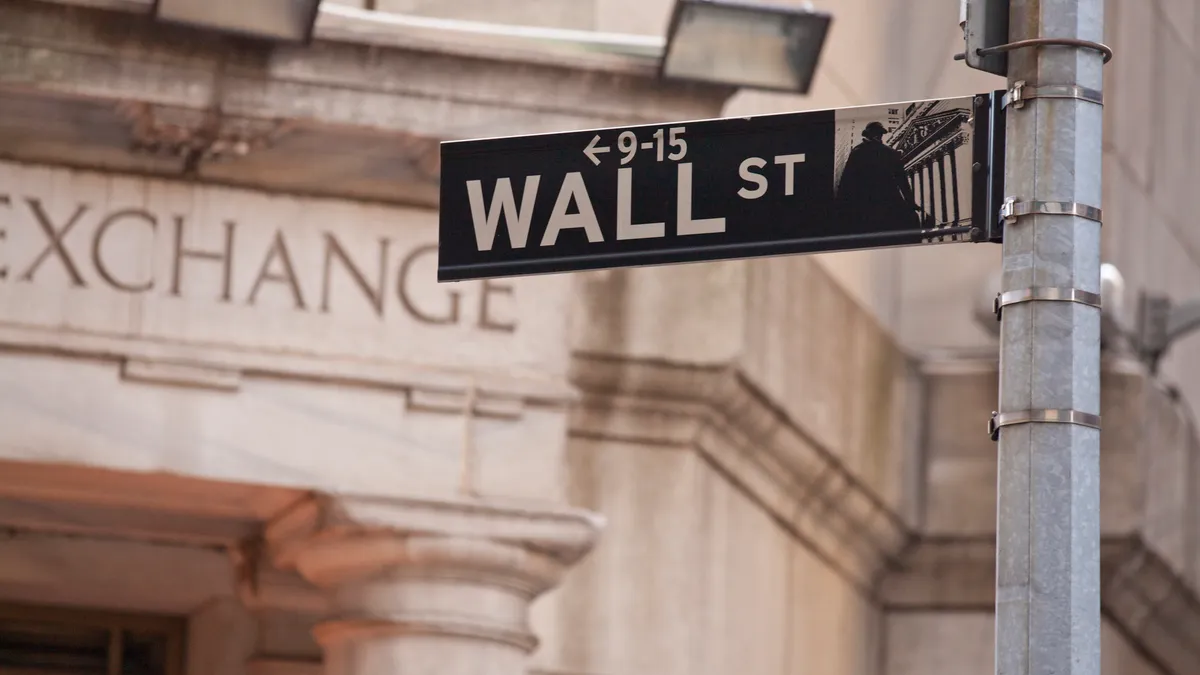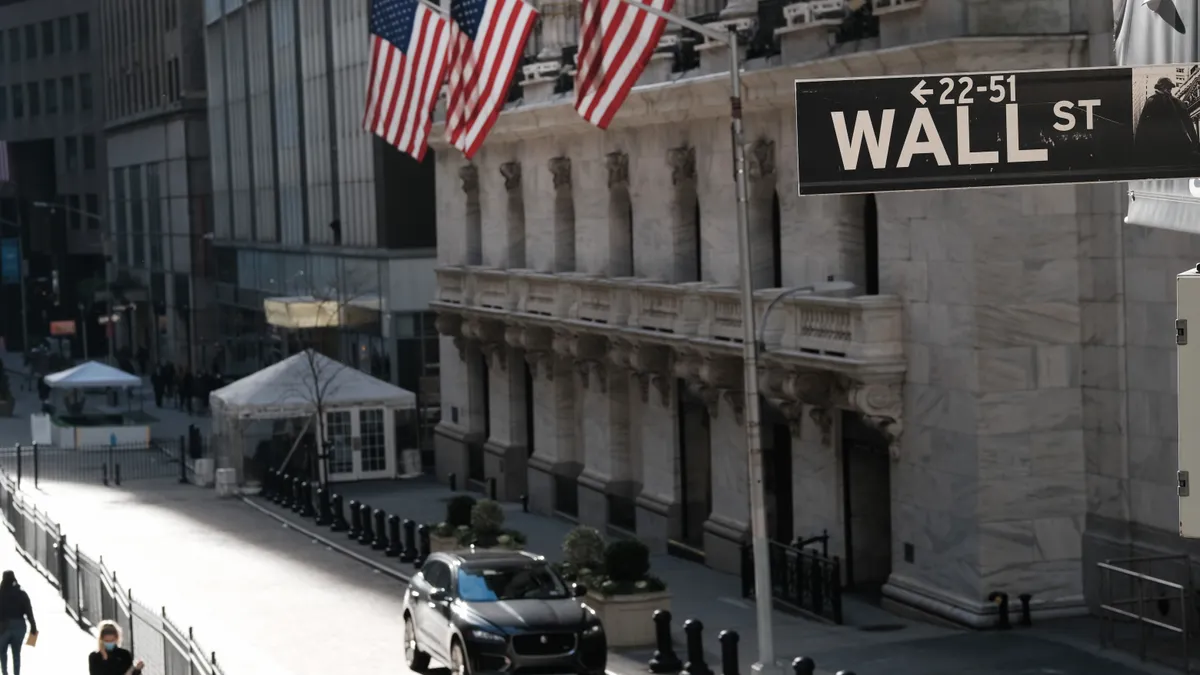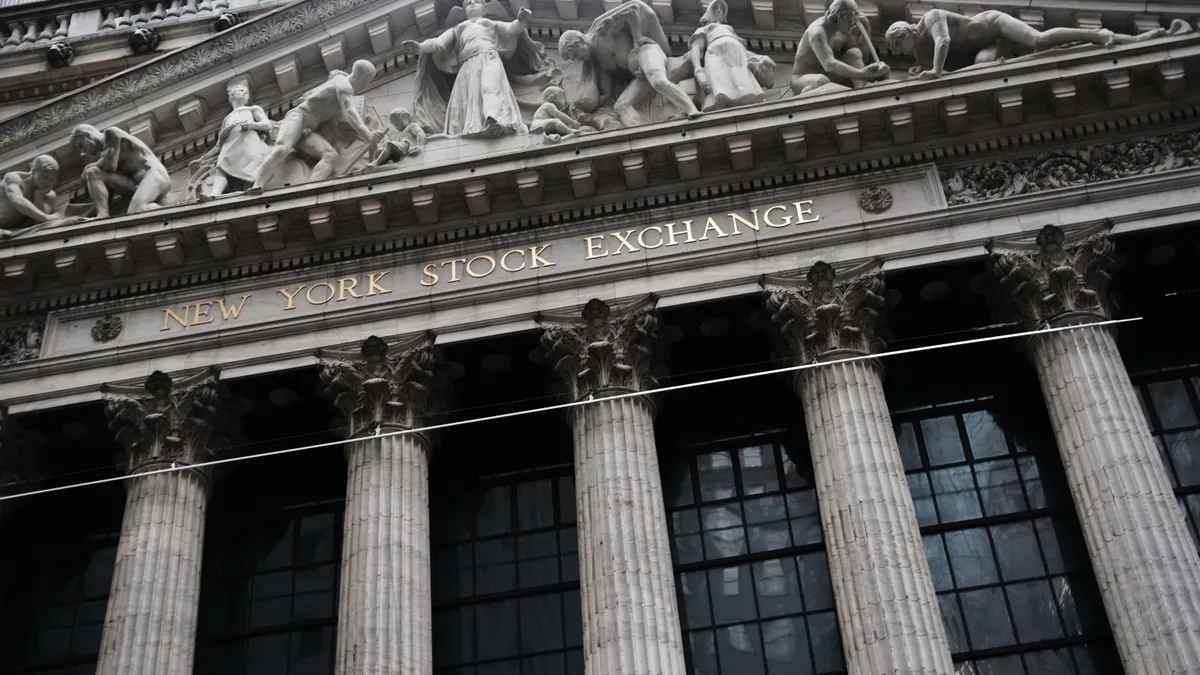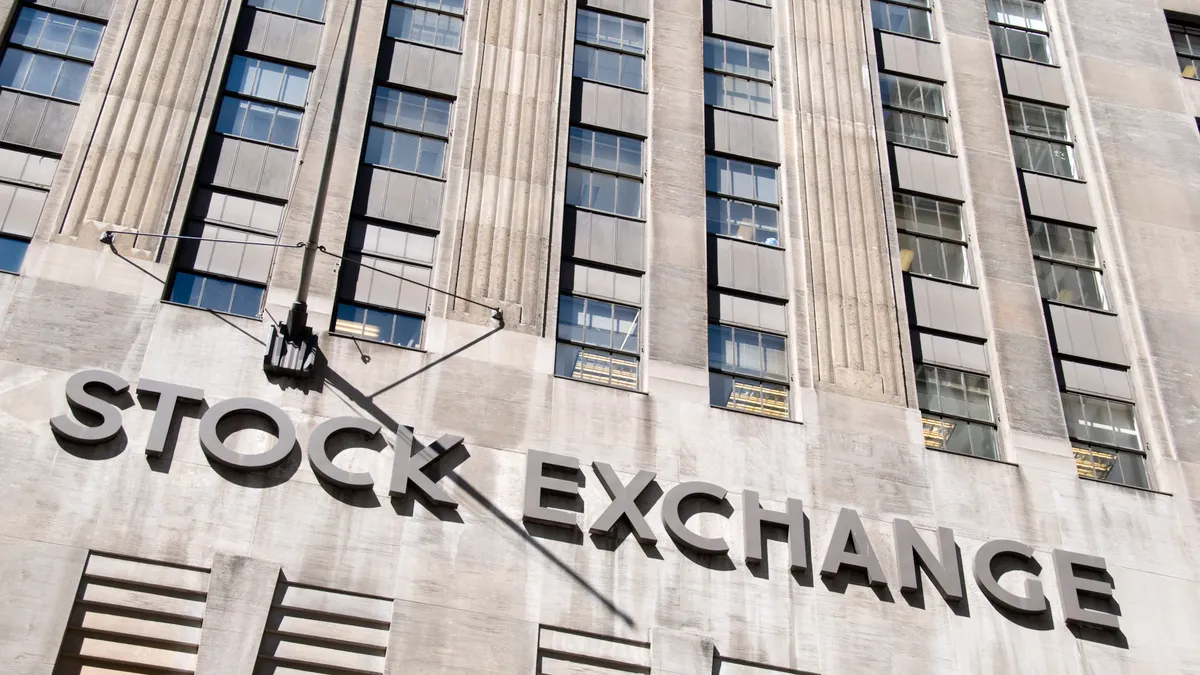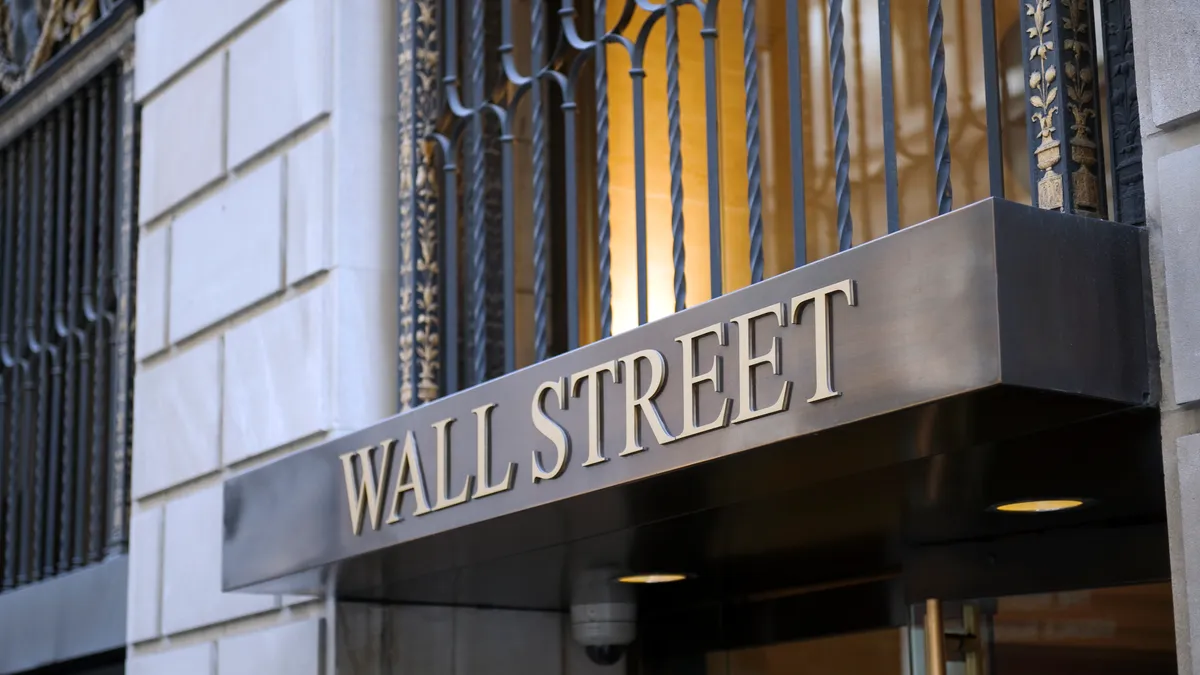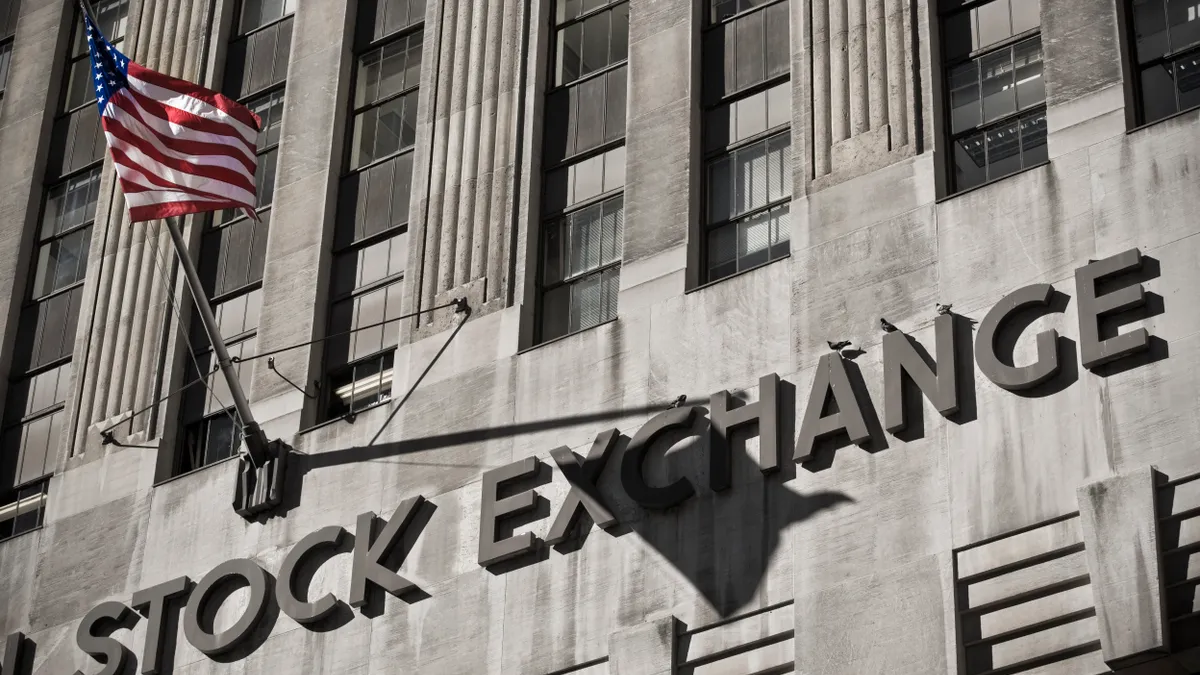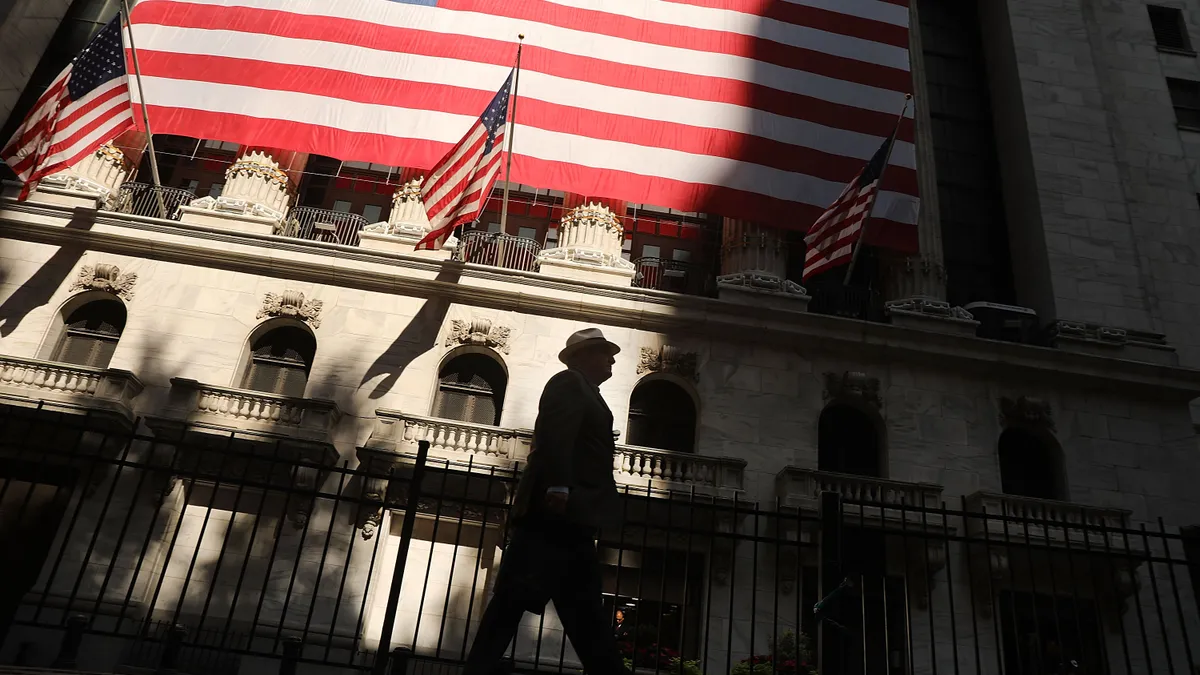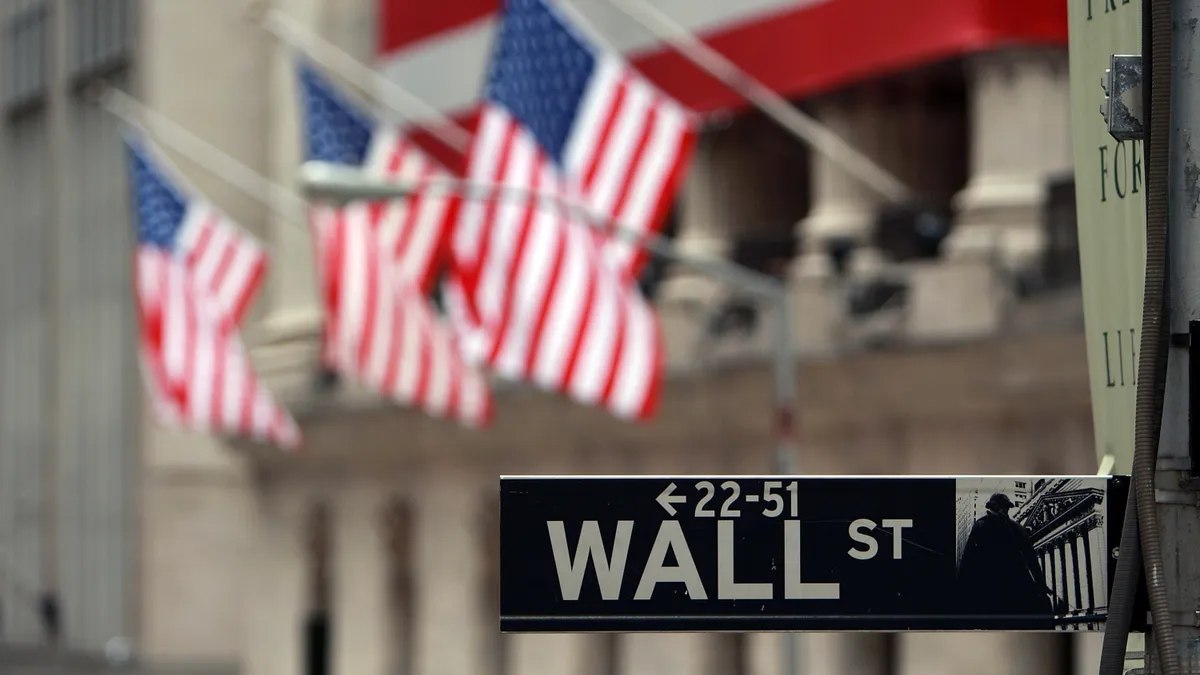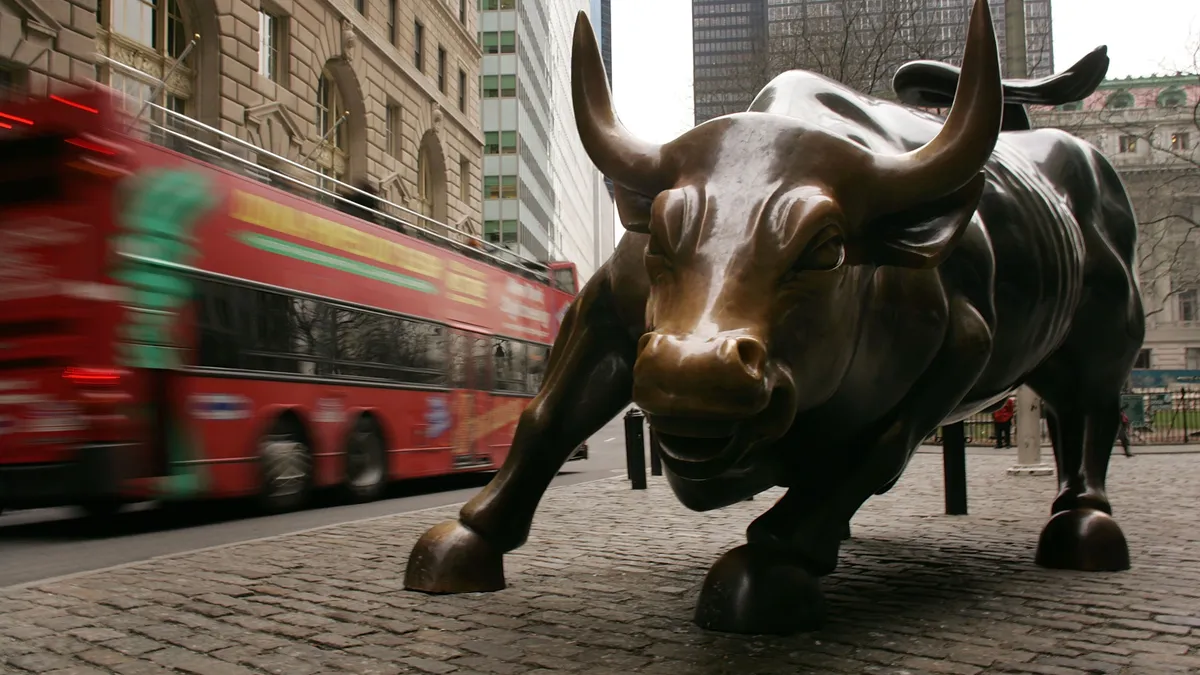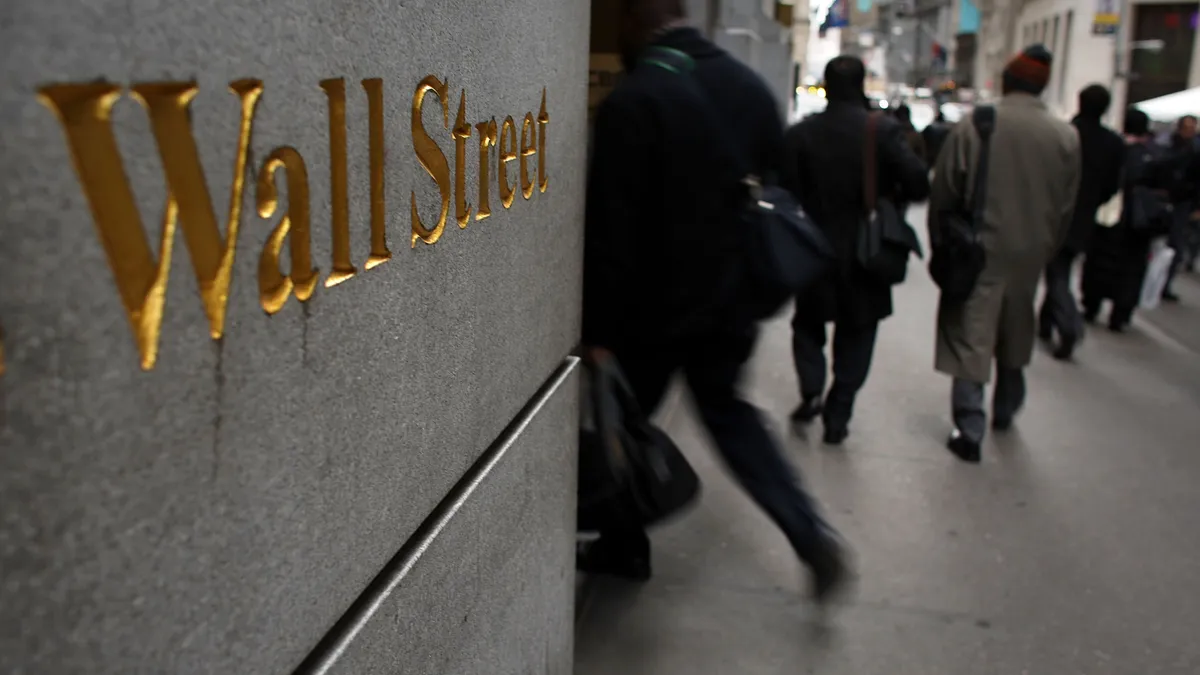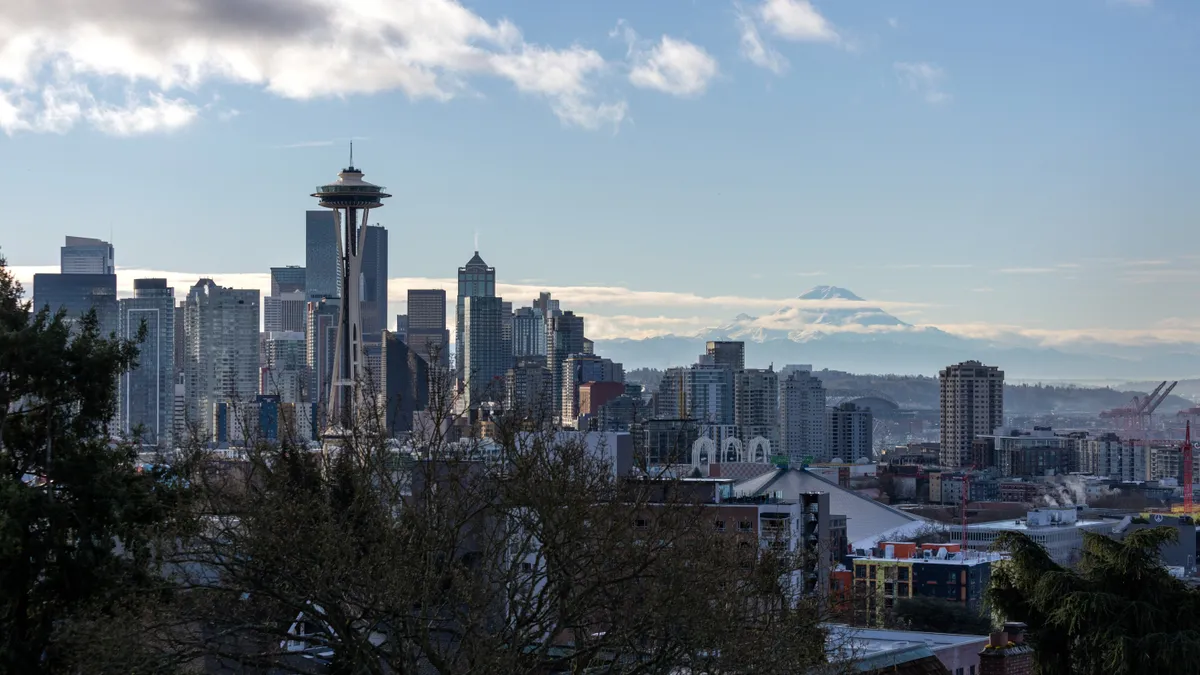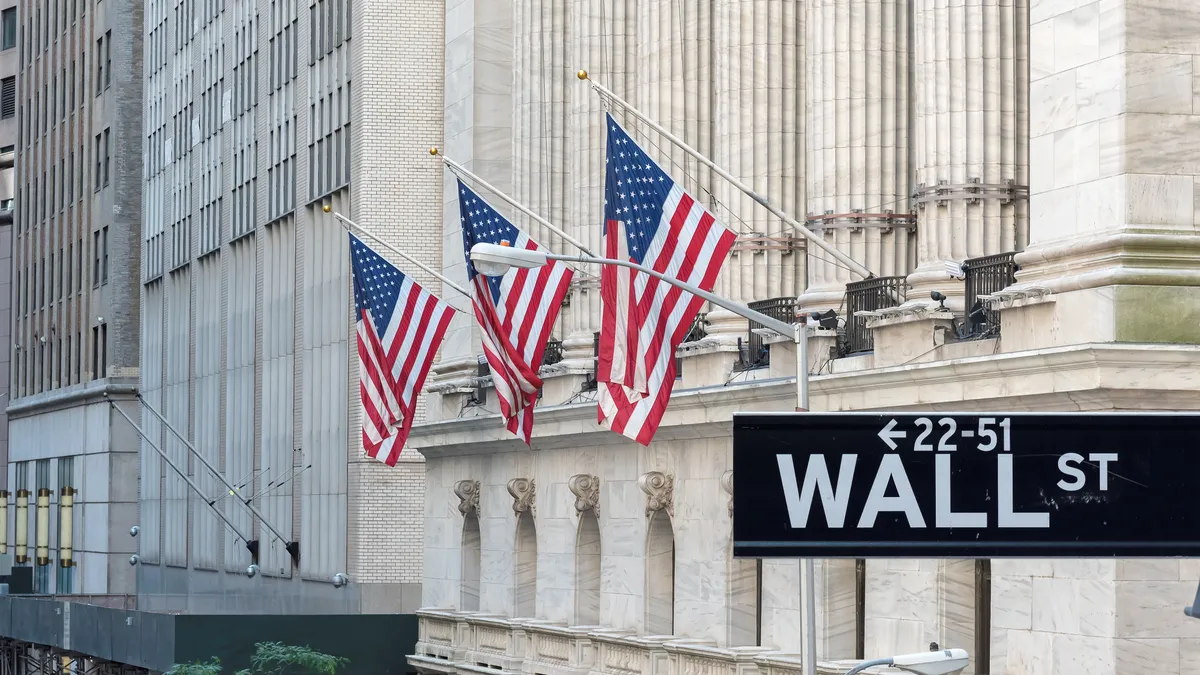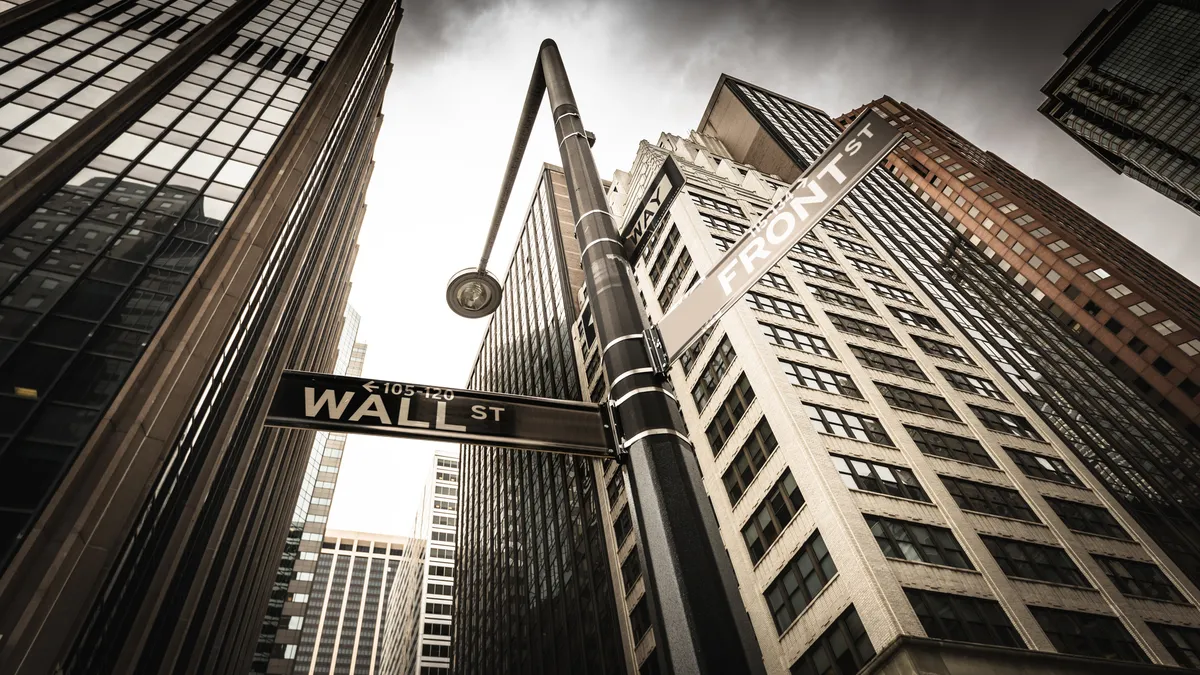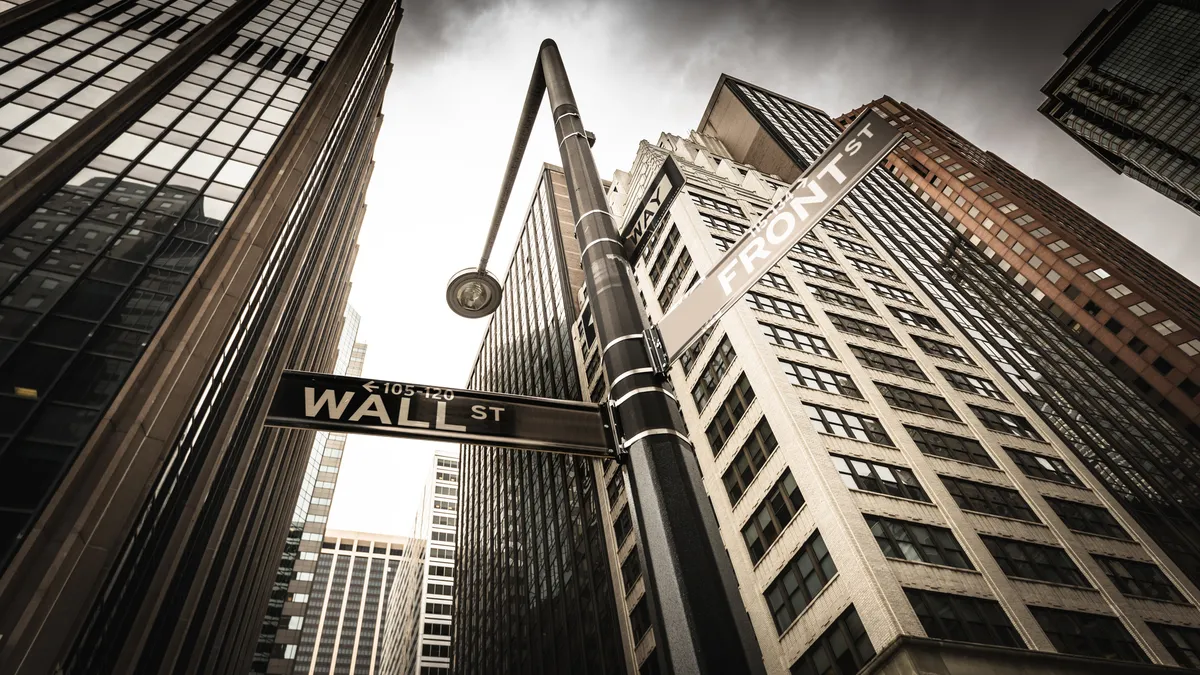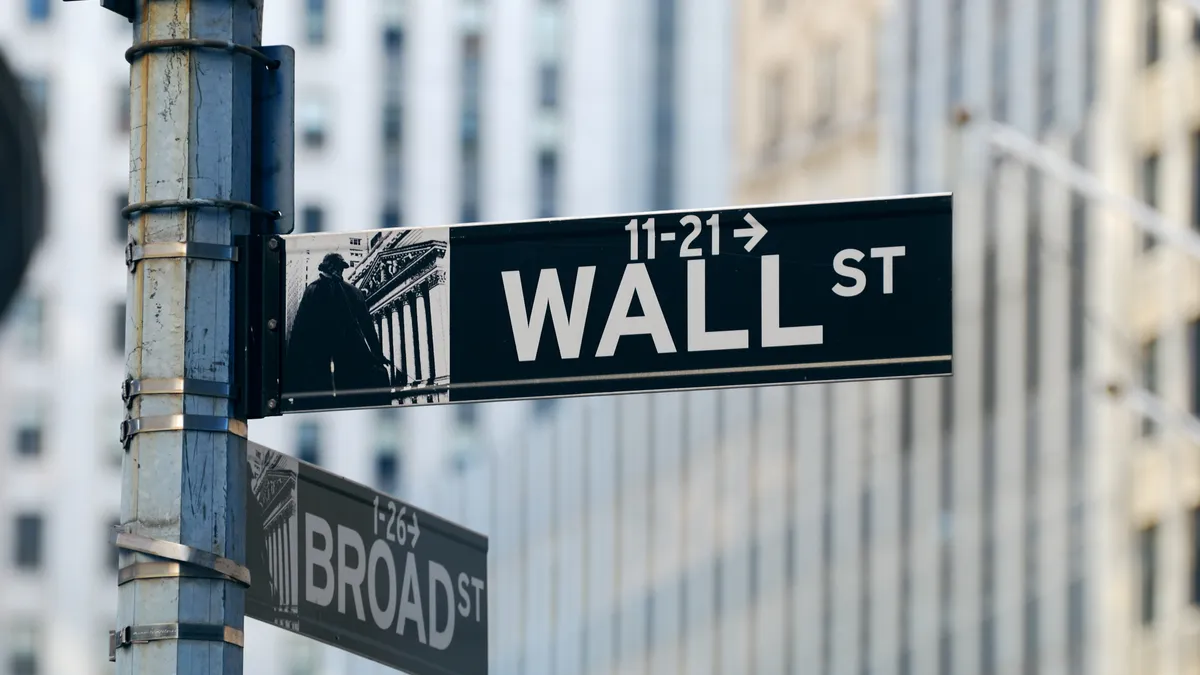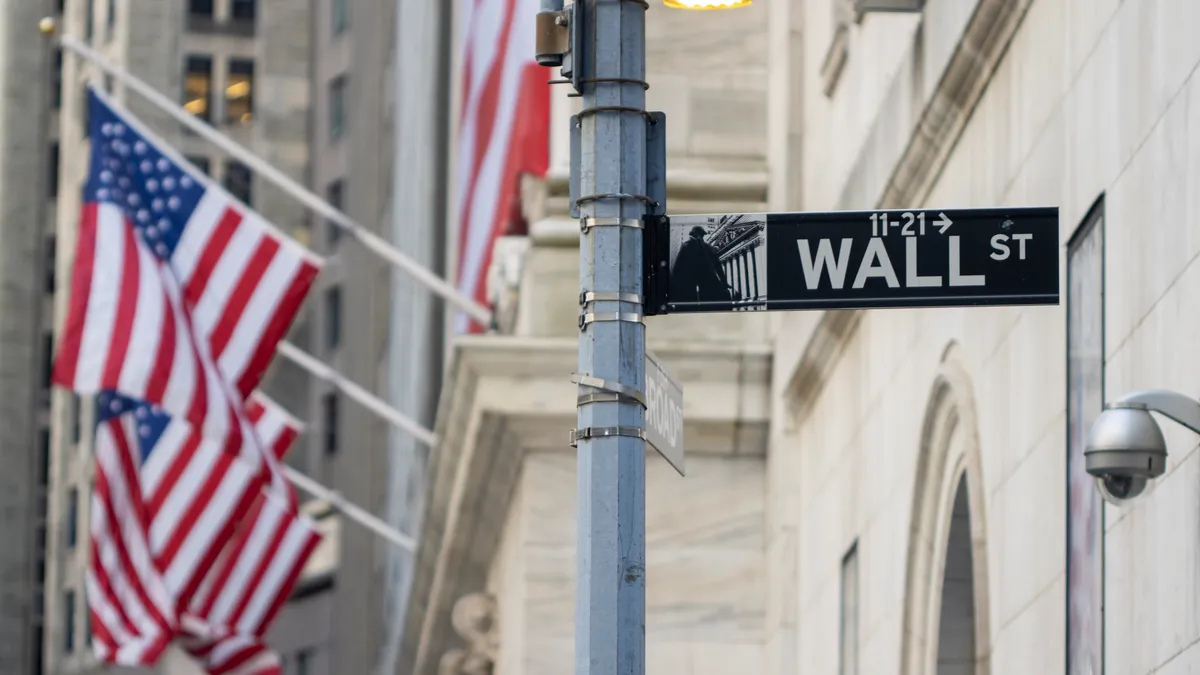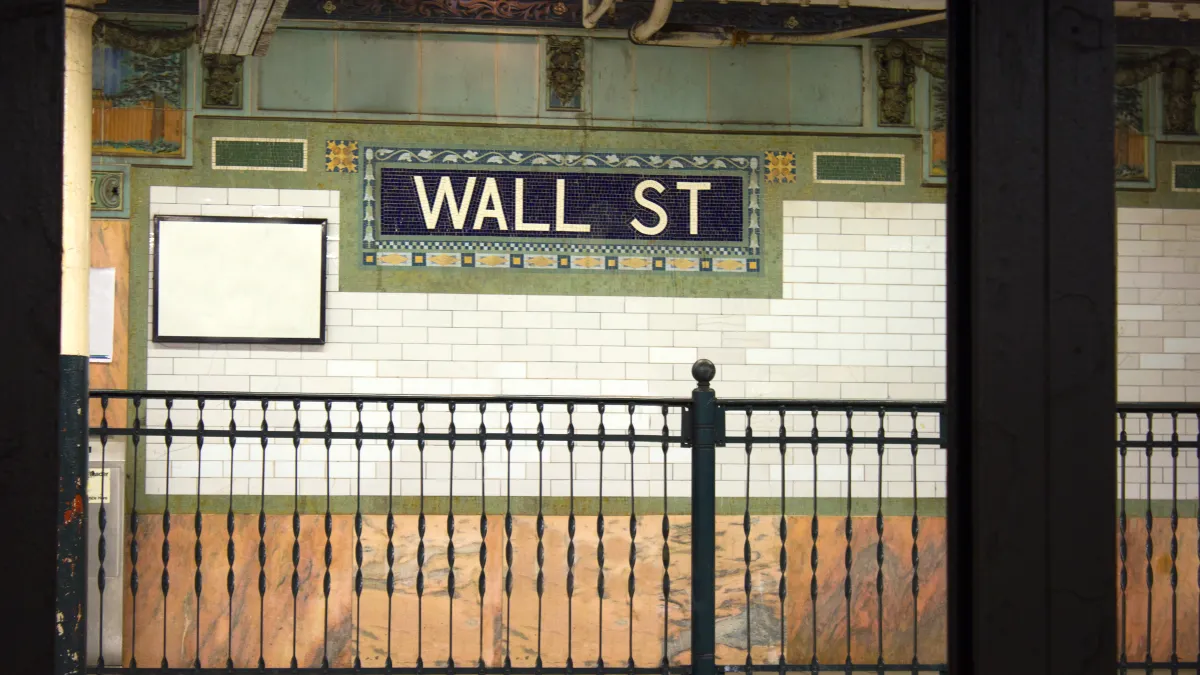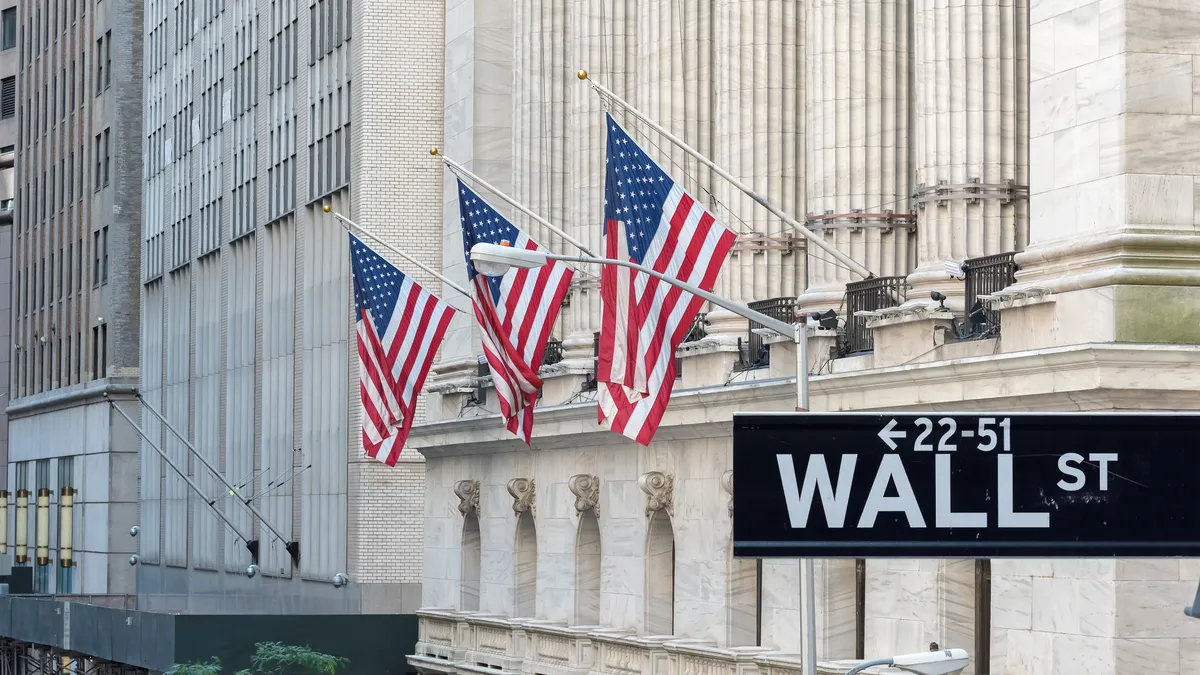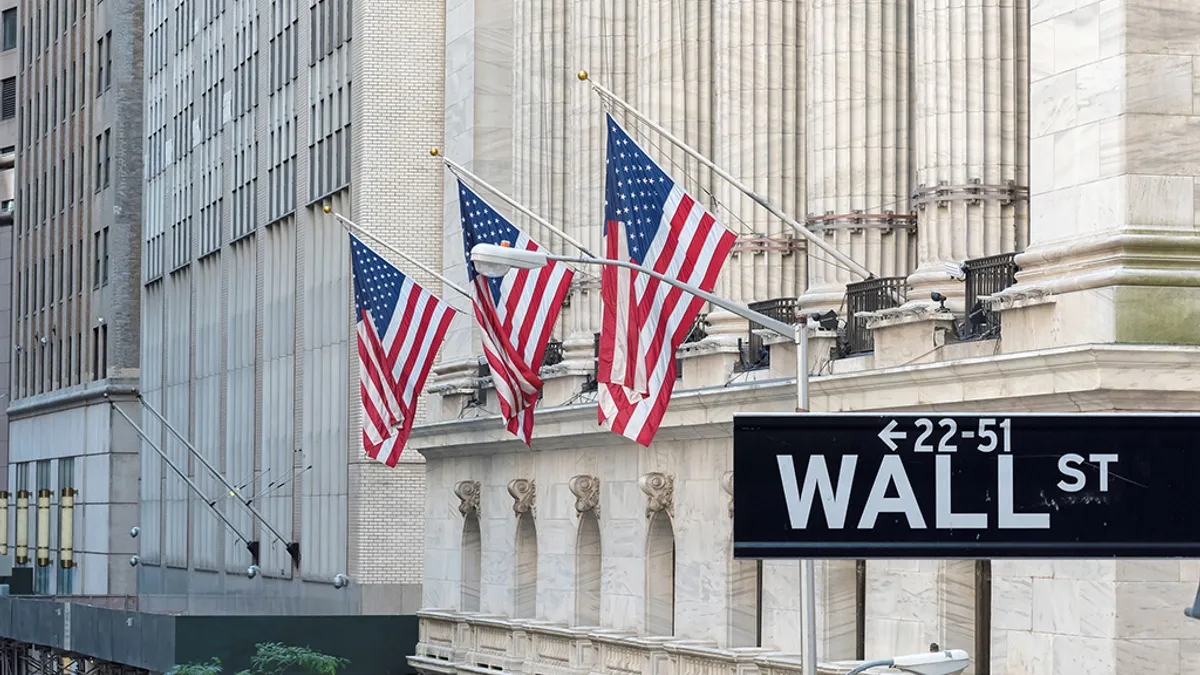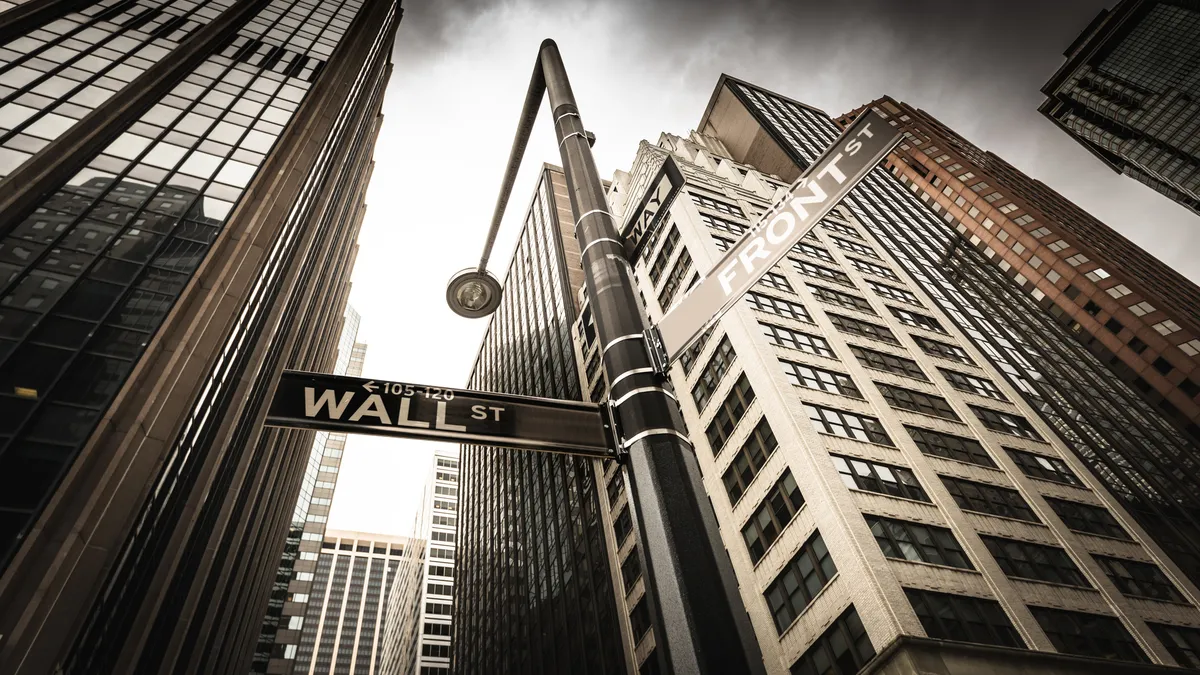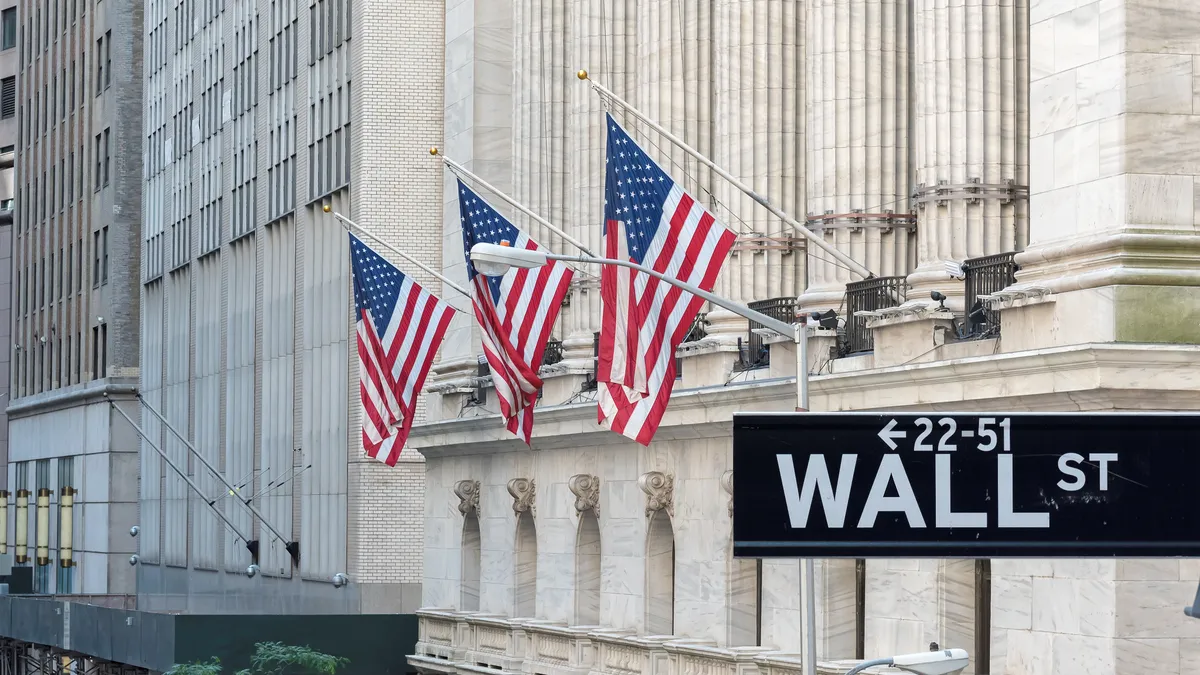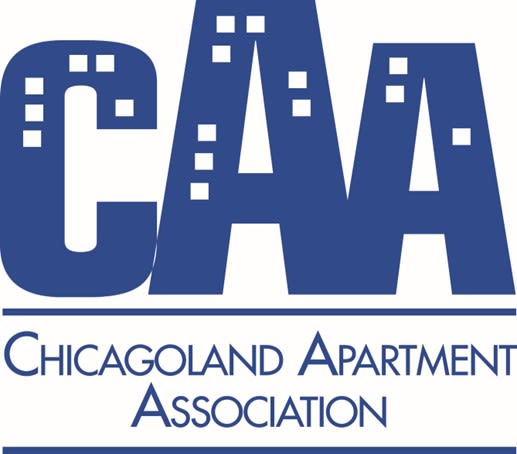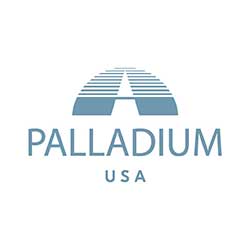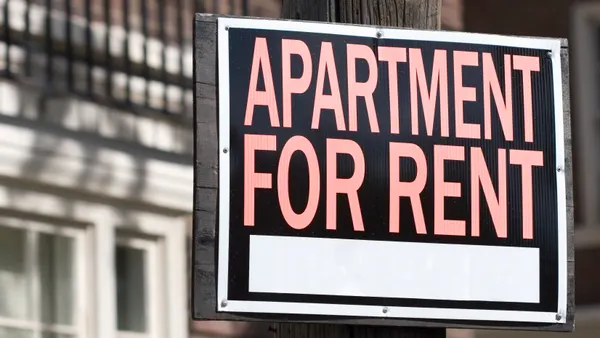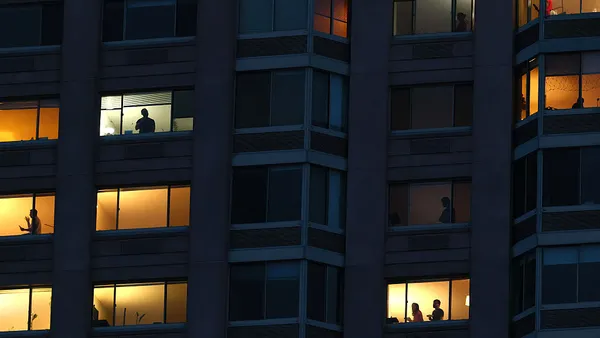In three key metrics — same-store revenue, expenses and net operating income growth — UDR beat expectations in the second quarter of 2025.
The Highlands Ranch, Colorado-based REIT posted increases of 2.5%, 1.7%, and 2.9% in revenue, expenses and NOI, respectively.
“UDR reported 2Q25 results that we would characterize as being a little better than expected for the quarter, and it delivered an expected guidance raise for the year, helped by solid cost containment,” said Anthony Paolone, executive director at JPMorgan, in a research note shared with Multifamily Dive.
UDR’s blended lease growth of 2.8% came in just below JPMorgan’s estimate of 3%, while occupancy, at 96.9%, was stronger than the expected 96.6% projection.
Buoyed by Q2 growth, UDR improved its same-store revenue, expense and NOI growth outlook to 2.5%, 3% and 2.25%, respectively. Previously, the REIT had expected increases of 2.25%, 3.5% and 1.75% in those categories.
“The wind has been at our back in 2025, with employment and income growth exceeding consensus expectations, relative affordability squarely in the favor of apartments and new supply pressures waning,” UDR CEO Tom Toomey said on the Q2 call last month.
Here is more from UDR’s Q2 earnings report and call with analysts.
Absorption mitigates supply pressures
UDR set the stage for its Q2 results late last year. “Our strategic decision to build occupancy during the seasonally slower leasing period of the fourth quarter of 2024 and the first quarter of 2025 put us in a position of strength to drive revenue and NOI outperformance to start the year,” said Chief Operating Officer Mike Lacy on the call.
What Toomey referred to as “record-high absorption” and strong retention helped the REIT in the first half of 2025. Its occupancy was 30 basis points higher than its historical Q2 average.
UDR’s annualized resident turnover was 420 basis points below the prior-year period and more than 1,100 basis points better than its Q2 average over the last 10 years. “This enabled us to accelerate renewal rate growth, which led to more favorable blended lease rate growth,” Lacy said.
UDR achieved 5% growth in renewal leases in Q2. With a 30-basis-point improvement in new lease growth, the firm’s blended rates improved 2.8%.
“Our blends accelerated 190 basis points compared to the first quarter, which is 70 basis points higher than our historical sequential acceleration between the first quarter and second quarter,” Lacy said. “As a result, our first half blended lease rate growth of 2% was 20 basis points above the high end of our guidance range.”
However, Lacy said he expects those increases to cool in the second half of the year, with blends coming in at approximately 2% overall for 2025. “Our expectations for blended lease rate growth in the second half of the year have come down versus the prior guidance, but outperformance in the first half of the year enables us to maintain the contribution to 2025 same-store revenue growth,” Lacy said.
Coastal strength
UDR reported strength in its coastal markets in Q2, with those metros largely exceeding its expectations. The East Coast, comprising 40% of UDR’s net operating income, saw weighted average occupancy of 97.2% and blended lease rate growth of 4%, according to Lacy.
“Healthy demand and relatively low approximate new supply completions support a favorable operating environment going forward,” Lacy said.
BY THE NUMBERS
| Category | Q2 | YOY Change |
| Rental income | $410.5 million | 2.5% |
| Net operating income | $283.4 million | 2.9% |
| Operating expenses | $127.2 million | 1.7% |
| FFO per diluted share | $0.61 | 2% |
| Rent per unit | $2,572 | 2.4% |
| Occupancy rate | 96.9% | 0.1% |
SOURCE: UDR
The West Coast, contributing 35% of UDR’s NOI, performed better than expected, with Q2 weighted occupancy at 96.9% and blended lease rate growth at 4.2%.
“We continue to see particularly strong momentum in the San Francisco Bay area and Seattle, which are now two of our top-performing markets in terms of year-to-date NOI growth,” Lacy said. “Annual new supply completions are low at 1% to 1.5% of existing stock on average across our West Coast markets, which we expect will lead to a supply-demand dynamic remaining favorable in the coming quarters.”
The Sun Belt, which comprises about 25% of UDR’s NOI, lags the REIT’s coastal markets. “With supply pressures expected to decrease and forecasts for job growth remaining higher than our other regions, it is only a matter of time until pricing power returns,” Lacy said.
The Sun Belt saw weighted average occupancy of 96.7% in Q2, and blended lease rate growth increased by approximately 200 basis points. “Year-to-date, same-store revenue growth is slightly negative, which approximates the low end of our initial full-year expectations for the region,” Lacy said. “Among our Sun Belt markets, Tampa continues to perform the best.”
Click here to sign up to receive multifamily and apartment news like this article in your inbox every weekday.



